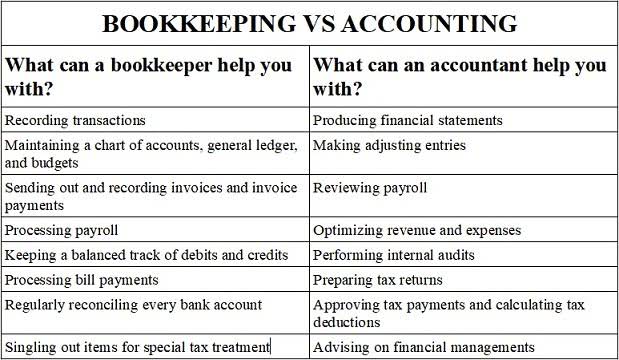
Demand during lead time is the product of a company’s lead time and its average daily sales. It represents the time it takes suppliers to deliver stocks and the sales a company makes during these days. When considering a reorder point, it is crucial to include demand during the lead time in the calculation. The longer the which one of these would not be a factor in determining the reorder point lead time from suppliers is, the higher the reorder point for companies will be. Companies also maintain safety stock if there is a sudden increase in demands or suppliers fail to deliver on time. While estimating the demand during lead time can be crucial, keeping a safety stock is also critical in high-risk businesses.
Inventory management software can be a huge positive for your organization in several ways. Your suppliers might also carry their pressure points that can change at any moment. Market conditions might gradually or https://www.bookstime.com/ suddenly move in unexpected directions. While it might be challenging to reach the scale of these retail giants, they provide excellent lessons in managing current stock, improving forecasting, and meeting demand.
Safety stock is similar to a reorder point, but it’s a surplus quantity to ensure you don’t run completely out of stock if there are delays. So what is the best way to solve stock issues and determine the right time to order stock? Neglected inventory management leads to a decrease in customer loyalty, in addition to lost sales. Negative reviews can quickly erode any positive online presence you’ve built. Even if you eventually run through your safety stock, having that buffer can extend your sales beyond that of a competitor. Let’s say you sold 40 units of an item in March, 60 in April, and 46 in May.

Let’s continue with the manufacturer example and calculate the reorder point. From there, you can set a customized alert for when inventory hits a certain threshold. You decide who gets notified, when, how often, and whether that notification comes via email, within the Sortly app, or both. So we decided to create a handy Inventory Formula Cheat Sheet with 7 of the most common inventory formulas. Finally, let us look at some best practices to consider when setting up and managing reorder points. We briefly mentioned automation when talking about reorder point calculators.
With Sortly, it’s easy to gather the data you need to calculate reorder point, then plug that number right into your inventory details. You can even choose who on your team should be alerted when your inventory is starting to run low. The value of the sales or manufacturing rate also needs to be as accurate as possible to ensure the reorder point calculation is reliable. Capable manufacturing ERP software can simplify this process by way of automatic reports of sales and manufacturing data.
Here too, competent MRP systems can decisively simplify the process. Safety stock is the amount of inventory a business holds to mitigate the risk of shortages or stockouts. The safety stock calculation is the difference between the maximum daily sales/usage and lead time, and the average daily usage and lead time. We’ll keep things simple by calculating based on two weeks of extra demand (14 days). This two-week estimate is based on what we’ve seen from other small businesses.
Therefore, the manufacturer should reorder this component when stock falls to 150 units. By doing so, the company can prevent stockouts and avoid dipping into safety stock while they wait for new stock to arrive. Holding too much inventory ties up capital and eats into business profits with increased carrying costs. At the same time, not enough stock causes slow order fulfillment, the potential for missed sales, and lost revenue.

The calculation of safety stock includes various factors that companies must consider. Calculating basic safety stock is quite a straightforward affair that involves multiplying the average demand for items with a preset value of safety days. Many advanced formulas exist, however, that enable arriving at more accurate and efficient safety stock levels.